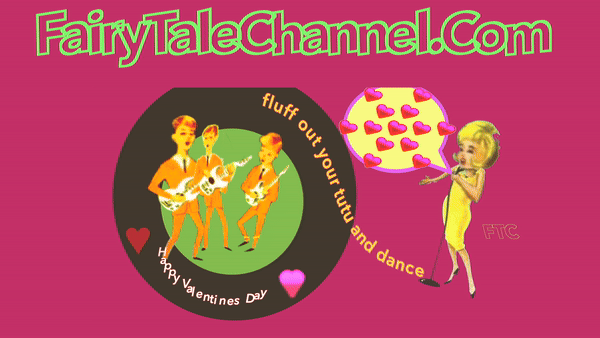
The Wonderful and Strange Fairy Tale of the Sun Prince
(A fairy tale from the Merino region of Switzerland)A long time ago there lived a father and mother with their four children, a grown girl and three small boys. The father wanted to marry off his daughter to someone he liked. But because his daughter refused, he wanted to kill her.
One day the maiden told her mother she should look and see what was written on the wall of her bedroom. When the mother entered her daughter’s chamber, she found an inscription on the wall “Your daughter is my bride and I am the Sun Prince.” When the mother returned to the parlor, her daughter had vanished. The Sun Prince had taken her.
From that day on, the mother was deeply troubled and cried most of the time. The three brothers noticed this as they grew older. They begged their mother to say why she was so sad. After they had learned the fate of their sister, they could not find a moment’s rest. The oldest son took the prettiest horse in their stable and went out looking for the Sun Prince. After a very long trip he arrived at a large dwelling, where he tied the horse next to the door. A woman emerged and she said he should bring his horse into the stable. Horses were not tolerated near the door.
After the youth took his horse to the adjacent stable, the woman asked what kind of trip he was undertaking. “I must go to look for my sister, who married the Sun Prince!”
“Then you are my brother,” the woman replied and hugged him. Both went to the Sun Prince, and the brother asked permission for his sister to visit their home so that she could visit their mother one last time. “I will allow it,” the Sun Prince replied, “If you tend my sheep an entire day. But as sign that you have watched them, in the evening you must bring me what the sheep have eaten during the day.”
The youth thought “That won’t be difficult!” And early the next morning he went out into the fields with the sheep of the Sun Prince. Soon the herd came to a very deep valley. The sheep crossed the river flowing through the valley floor without difficulty. But the youth did not know how to cross the river. When the sheep saw from the other bank, that the shepherd stayed back, they sent two older sheep to fetch him. They motioned to the shepherd that he was to hold tightly to their tails. But the shepherd was afraid and did not dare do what the sheep commanded. By evening, he was still on the same side of the valley and when the sheep returned, he plucked some grass and put it in his sack, because he thought that was what the sheep must have eaten on the other side of the river. When they arrived at the house of the Sun Prince, the sheep first bowed to the Sun Prince, then to the wife and lastly to the shepherd, who then showed the Prince the grass in his bag. “My sheep don’t eat that!” the Prince cried loudly and the youth sadly returned home.
The second brother decided to see what would happen to him if he tended the herd of the Sun Prince. But he, too, did not have the courage to hold tightly to the tail of the sheep and stayed back.
In the evening he plucked several leaves, placed them in his sack and brought them to the Sun Prince. When the Sun Prince saw this, he said “You did not tend the sheep and must return home without your sister!”
Because this brother also returned home without his sister, it was left to the youngest brother to try to bring back his sister. After a trip lasting many days and years, he arrived at the dwelling of the Sun Prince, where he endeavored to tie his horse to the post. When the Sun Prince heard what he wanted, he made the same proposal as he had to his brothers. At the first light of morning the youth went out with the sheep. But when he came to the stream in the valley, he let the old sheep guide him through the water to the far side.
On the far side of the water, the youth saw the sheep entering a chapel and as they crossed the doorway, they were all transformed into humans. Once inside the chapel they all celebrated mass. After the service, they entered a nearby inn and ate a celebratory feast. The youth could see what wonderful and delicious food the sheep ate. He tried a bit of the best cake and placed it in his sack. When he returned home with his herd that evening, two old sheep once again pulled him safely through the river. When they arrived home, the herd first bowed to the youth and then to the Sun Prince and then to his wife. After the youth showed the Sun Prince the cake, he and his sister were immediately brought home the following morning and stayed until evening. When the sun went down, she vanished for always.
To read more about the Sun Prince:
http://www.fairytalechannel.com/2009/09/reading-writing-on-wall-my-husband-is.html
Read more fairy tales by clicking on the link:
Translation Copyright FairyTaleChannel.com
Please read and enjoy this article.
Pass on to friends or link to.
Please do not plagiarize, copy or pilfer.
Thanks and enjoy!
Please read and enjoy this article.
Pass on to friends or link to.
Please do not plagiarize, copy or pilfer.
Thanks and enjoy!


